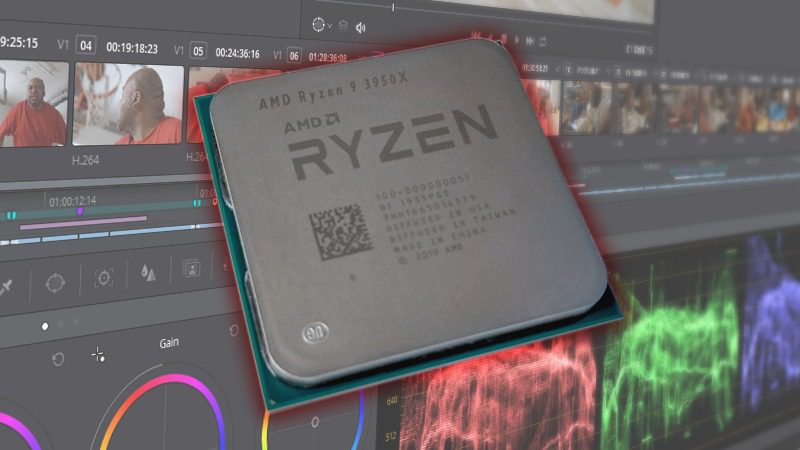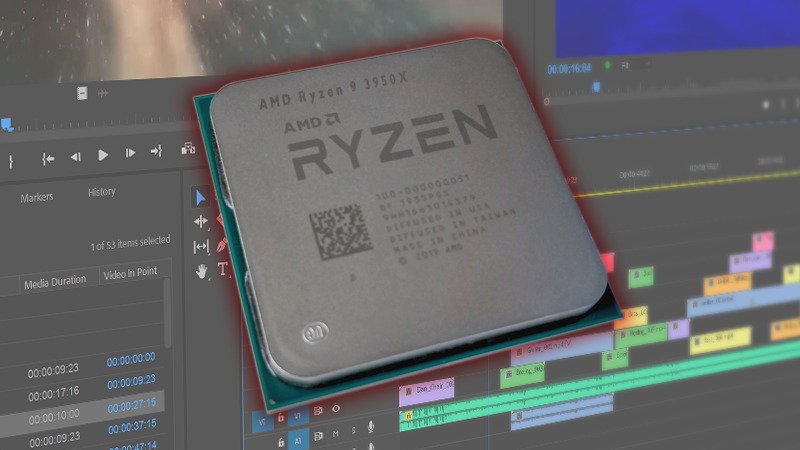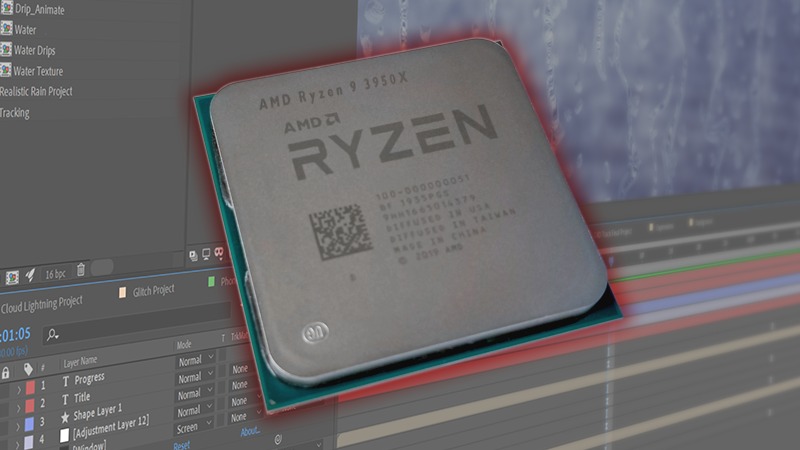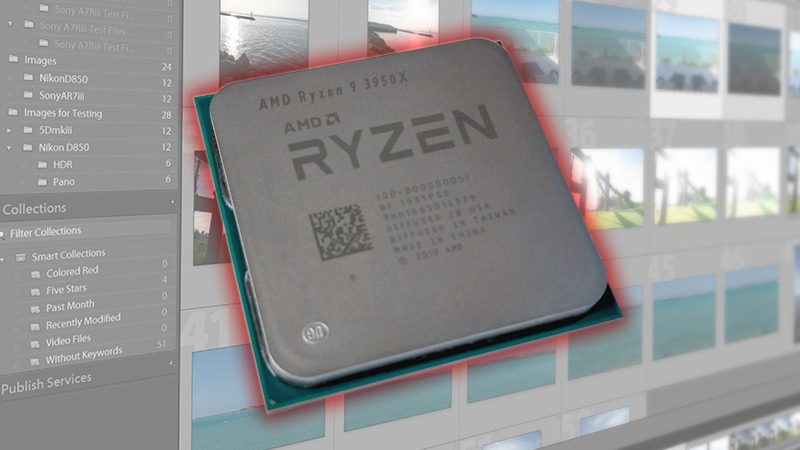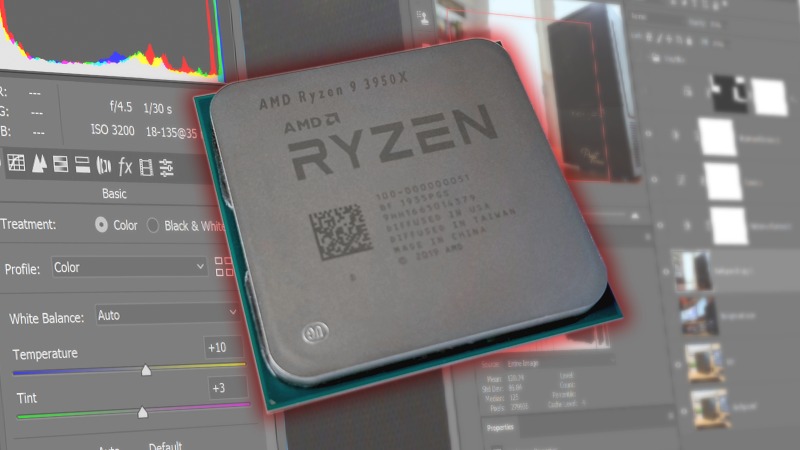While DaVinci Resolve is known for its ability to leverage the power of your GPU, the CPU is often just as important, especially if you are not heavily utilizing noise reduction or OpenFX. The AMD 3rd Gen Ryzen CPUs are already a great choice for Resolve, but are the 16 CPU cores on the new Ryzen 9 3950X worth the increased price?
